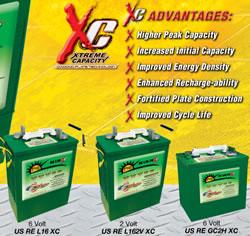Stacking the deck
SUNLIGHT is free, but that is no reason to waste it. Yet even the best silicon solar cells—by far the most common sort—convert only a quarter of the light that falls on them. Silicon has the merit of being cheap: manufacturing improvements have brought its price to a point where it is snapping at the heels of fossil fuels. But many scientists would like to replace it with something fundamentally better.
John Rogers, of the University of Illinois, Urbana-Champaign, is one. The cells he has devised (and which are being made, packaged into panels and deployed in pilot projects by Semprius, a firm based in North Carolina) are indeed better. By themselves, he told this year’s meeting of the American Association for the Advancement of Science, they convert 42.5% of sunlight. Even when surrounded by the paraphernalia of a panel they manage 35%. Suitably tweaked, Dr Rogers reckons, their efficiency could rise to 50%. Their secret is that they are actually not one cell, but four, stacked one on top of another.
Solar cells are made of semiconductors, and every type of semiconductor has a property called a band gap that is different from that of other semiconductors. The band gap defines the longest wavelength of light a semiconductor can absorb (it is transparent to longer wavelengths). It also fixes the maximum amount of energy that can be captured from photons of shorter wavelength. The result is that long-wavelength photons are lost and short-wave ones incompletely utilised. Cont'd
Comments (0)
This post does not have any comments. Be the first to leave a comment below.
Featured Product

